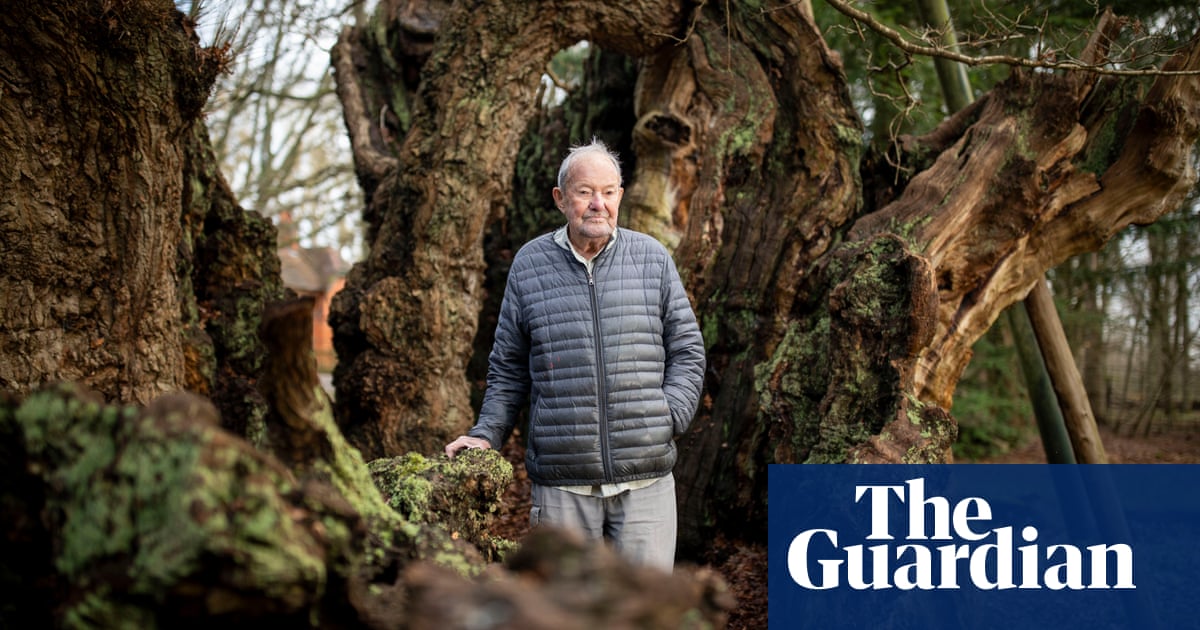
Look up. If you do, you’ll almost certainly see butterflies where you’ve never noticed them before.
The hairstreaks are hugely overlooked mostly treetop-dwelling butterflies. Two species are active now: the white-letter hairstreak and the purple hairstreak.
The white-letter hairstreak, named after the pencil-thin “w” sketched on the underside of its wings, traditionally relied on English elm and so became much scarcer after Dutch elm disease decimated these trees. But elm regenerates in hedgerows, wych elm often survives, and disease-resistant elm varieties have been planted in cities.
Spend 10 minutes gazing up at these trees on a sunny day and you’ll often discover busy little butterflies chasing around the crown. They’ll descend to feed on nearby bramble and thistle flower too.
Study almost any substantial oak on a warm, still evening in July and you’ll almost certainly find the purple hairstreak, a flicker of silver darting round the canopy.
Two wych elms I planted in my garden eight years ago to attract white-letter hairstreaks have grown tall and fine. This month, however, I noticed one suddenly turning brown: it’s succumbed to Dutch elm disease. I’m going to coppice it this winter and hope for regeneration. Meanwhile, I’m still scouring these treetops, hoping for that first white-letter day.












